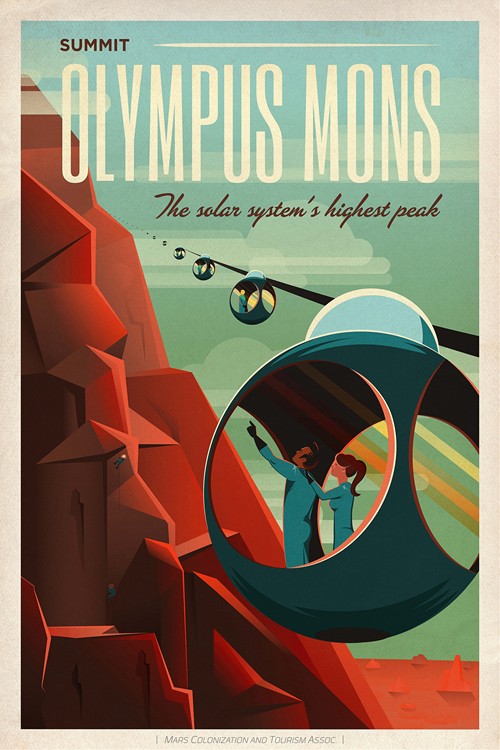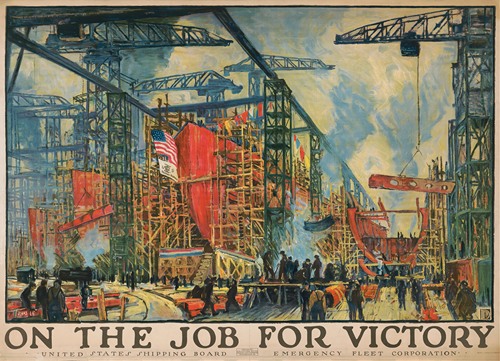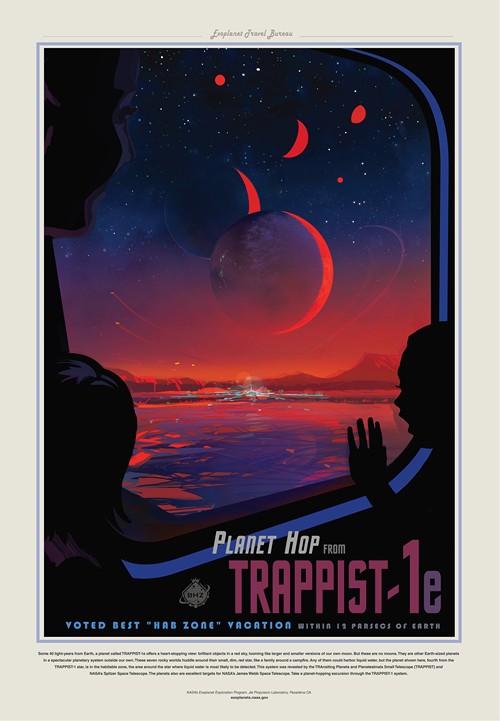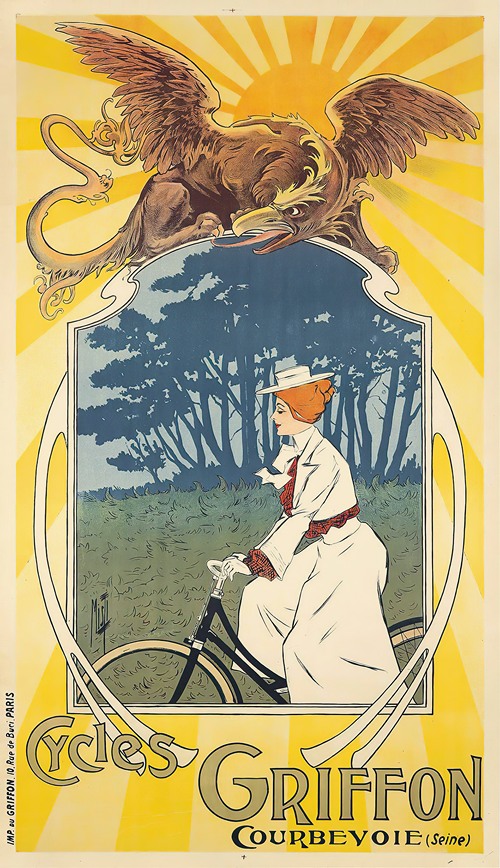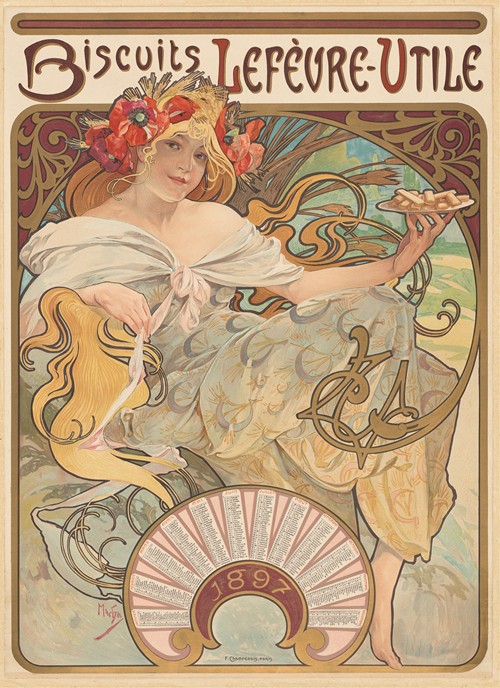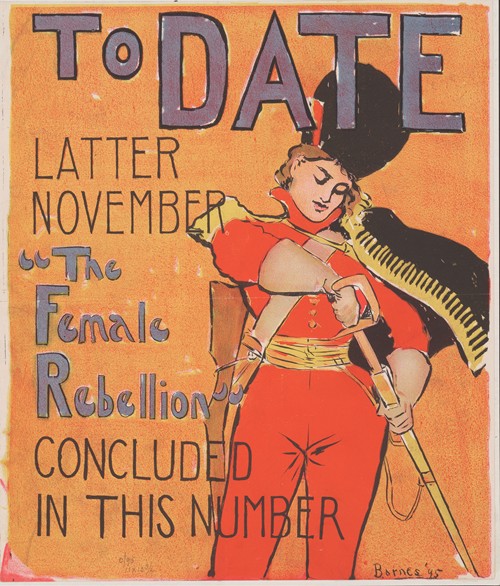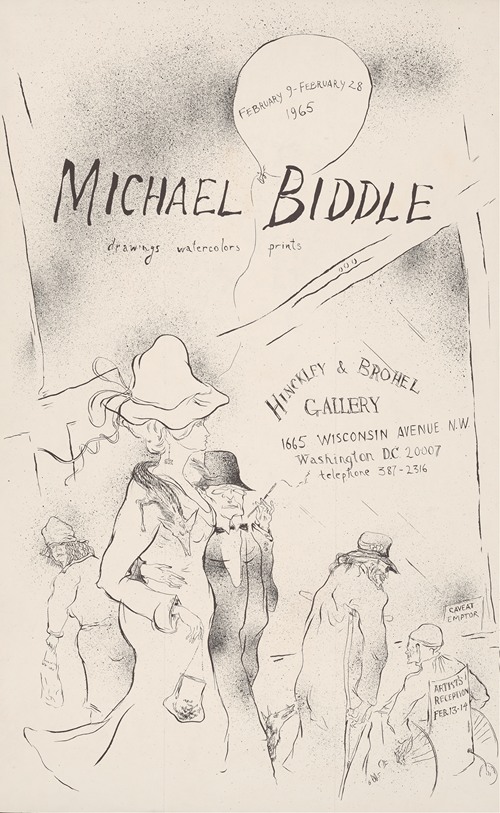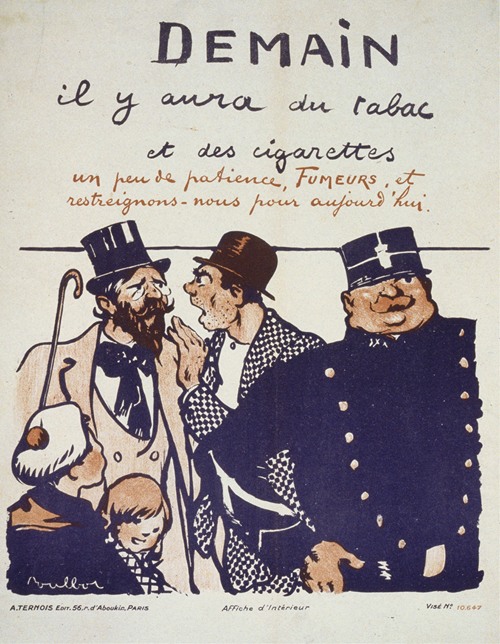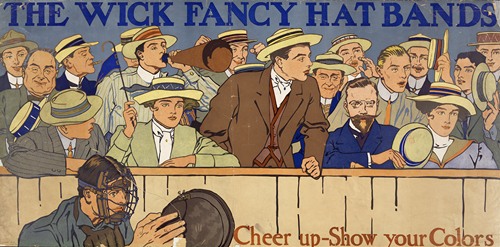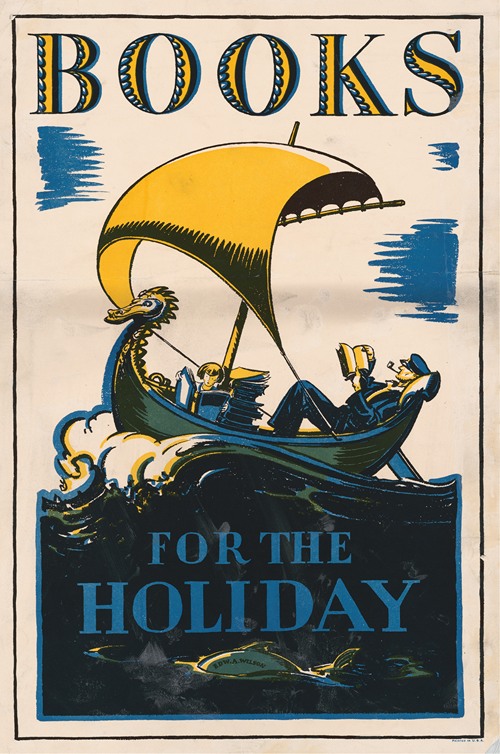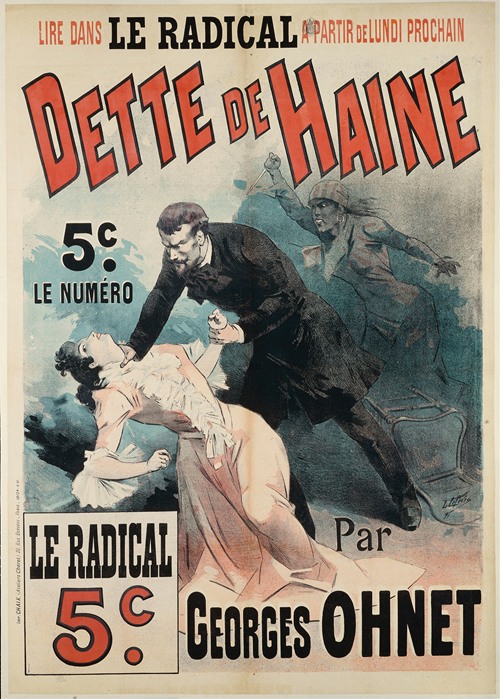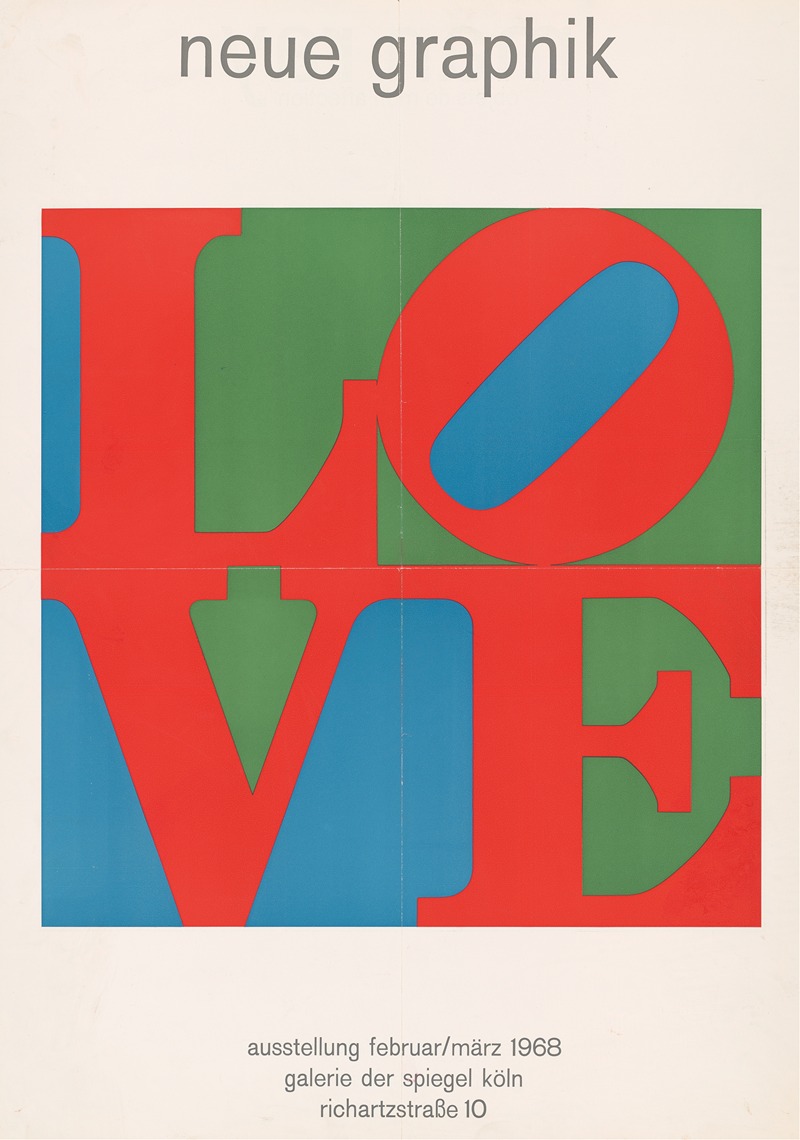
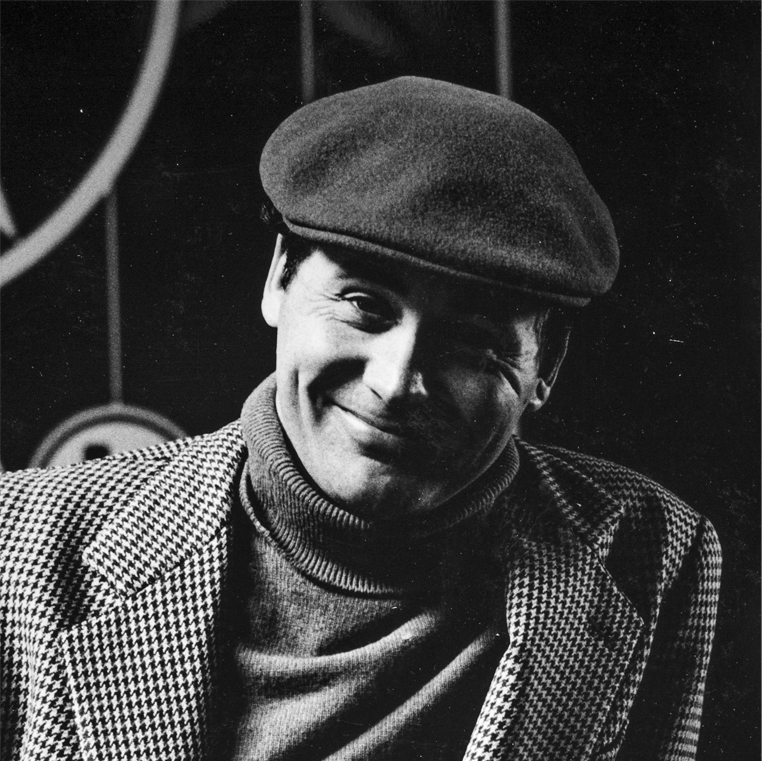
Robert Indiana was an American artist associated with the pop art movement.
His iconic image LOVE was first created in 1964 in the form of a card which he sent to several friends and acquaintances in the art world. In 1965, Robert Indiana was invited to propose an artwork to be featured on the Museum of Modern Art's annual Christmas card. Indiana submitted several 12” square oil on canvas variations based on his LOVE image. The museum selected the most intense color combination in red, blue, and green. It became one of the most popular cards the museum has ever offered. Indiana continued to develop his LOVE series, and in 1966, worked with Marian Goodman of Multiples, Inc. to make his first LOVE sculpture in aluminum. In 1970, Indiana completed his first monumental LOVE sculpture in Cor-Ten steel which is in the collection of the Indianapolis Museum of Art.
In addition to being a painter and sculptor, Indiana made posters and prints and also designed stage sets and costumes for the Virgil Thompson and Gertrude Stein opera The Mother of Us All. Indiana's artwork has been featured in numerous exhibitions around the world and is included in the permanent collections of many major museums including the Museum of Modern Art, New York; Tate Modern, London; and the San Francisco Museum of Modern Art.
Robert Indiana was born Robert Clark in New Castle, Indiana, and was adopted as an infant by Earl Clark and Carmen Watters. After his parents divorced, he relocated to Indianapolis to live with his father so he could attend Arsenal Technical High School (1942–1946), from which he graduated as valedictorian of his class.
After serving for three years in the United States Army Air Forces, Indiana studied at the Art Institute of Chicago (1949–1953), the Skowhegan School of Painting and Sculpture in Maine (summer 1953) and Edinburgh University and Edinburgh College of Art (1953–1954). He returned to the United States in 1954 and settled in New York City.
In New York, Indiana's partner Ellsworth Kelly, whom he met in 1956, helped him find a loft on Coenties Slip. On Coenties Slip he met neighboring artists like Jack Youngerman, Agnes Martin and Cy Twombly, with whom he shared his studio for a time. In 1958 he changed his name to Indiana.
Indiana's career took off in the early 1960s after Alfred H. Barr, Jr., bought The American Dream, I for the Museum of Modern Art.
In 1964, Indiana moved from Coenties Slip to a five-story building at Spring Street and the Bowery. In the summer of 1969, he visited Life magazine photographer Elliot Elisofon on the Island of Vinalhaven and began renting the upstairs of the 100 year old Victorian-style Odd Fellows Hall named "The Star of Hope" in the island town of Vinalhaven, Maine. Indiana was drawn to the Odd Fellows insignia which consists of three interlocking links.
Half a century earlier, Marsden Hartley had made his escape to the same island. Indiana discovered a great affinity to Marsden Hartley to whom he pays homage in a series of work in the late 1980s. When Elisofon died in 1973, Indiana bought the lodge for $10,000 from his estate. He moved in full-time when he lost his lease on the Bowery in 1978.
Indiana grew reclusive in his final years. He died on May 19, 2018, at his home in Vinalhaven, Maine, of respiratory failure at the age of 89. One day before his death, a lawsuit was filed over claims that his caretaker had isolated him from family and friends, and was marketing unauthorized reproductions of his works.

